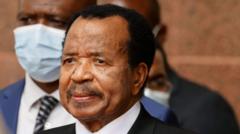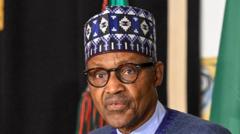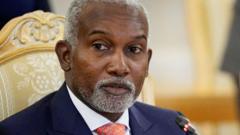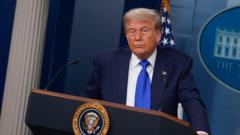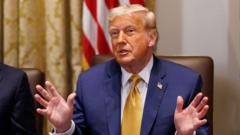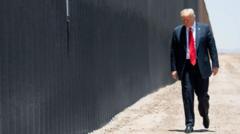As political pressures mount in Australia to address rising housing prices, restrictions on the number of international students are being considered. This shift could significantly impact the attractiveness of Australia as a destination for higher education.
New Restrictions for International Students Threaten Australia's Academic Landscape

New Restrictions for International Students Threaten Australia's Academic Landscape
Major Australian political parties propose caps on foreign student admissions amid rising housing costs, altering the landscape for international education.
Australia has long been a favored destination for international students seeking higher education, with its competitive academic programs and welcoming policies. However, this is set to change as both major political parties in Australia are advocating for significant cuts to the number of foreign students allowed to study in the country. The aim is to tackle escalating housing prices, a pressing issue resonating with voters in the lead-up to the upcoming election.
Ali Bajwa, originally from Pakistan, exemplifies the transformative opportunity that studying in Australia once provided. Having arrived a decade ago to pursue his doctorate in agricultural science, he is now a beloved educator at La Trobe University in Melbourne. Bajwa highlights the advantages of international students, stating that they bring immense value to the economy. “We gain a lot more than we lose to international students,” he argues, advocating for improved selection criteria rather than broad limits on admissions.
In recent developments, Prime Minister Anthony Albanese’s government attempted to limit international student admissions last year, but the effort was quashed in parliament. Rising visa fees and prolonged application processing times have already made it more challenging for prospective students. Meanwhile, opposition leader Peter Dutton has pledged to enforce stricter measures, proposing to cut new student arrivals by 30,000, thereby capping the total at 240,000, and substantially hiking visa fees to over 5,000 Australian dollars (approximately $3,200).
After strict border controls during the coronavirus pandemic kept many students away, Australia made concerted efforts to entice them back. These included easing work restrictions and offering visa fee rebates, resulting in record enrollments, surpassing one million international students in 2023. However, fears are mounting that proposed caps could lead to a steep decline in these figures, fundamentally altering the balance of Australia's international education sector.
As the nation grapples with competing concerns of affordable housing and maintaining economic growth through international education, the implications of these legislative measures remain uncertain.








